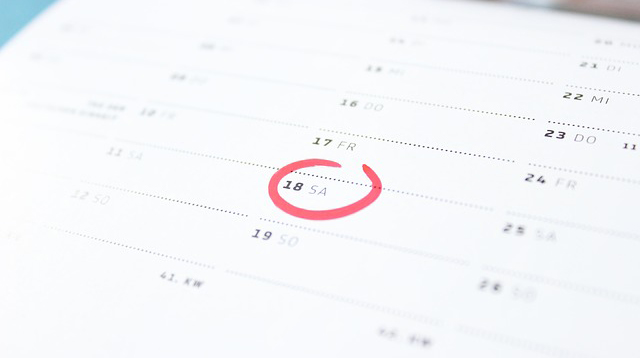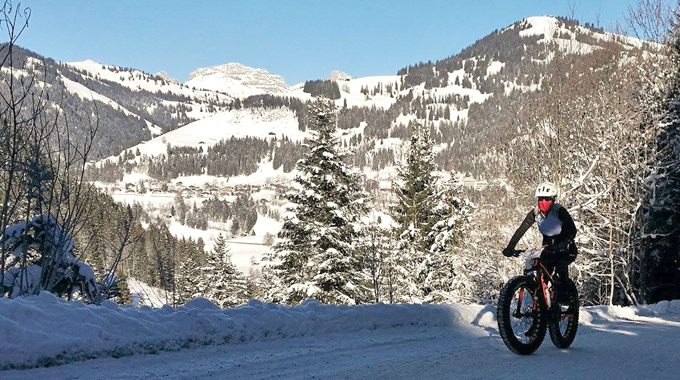Around this time of year many cyclists start thinking about the goals for their season – attacking their longest sportive yet, entering a road race, riding a set distance in a certain time or reaching a new level of fitness.
Having goals is fantastic – but like many things in life, if you really want to achieve them, you need a plan.
This is where it sometimes gets a little hazy – we buy a calendar, plot the key events in, step back and have absolutely no idea what we need to do to get from the present condition to that which is required to hit the target.
Thankfully, there’s someone here to help bring us out of the fuzzy haze of dates and goals, and give us a clear idea how the two should interact. We spoke to Kerry Bircher, Head Coach at women’s only coaching company Revolution Cycling to gather her advice on how to actually go about building up a training plan that will work…
Set Performance Centered Targets

Start at the beginning – Kerry explains: “The first thing you need to do is look at your goals. They need to be tangible, with time scales. If you don’t have a time scale, you can’t plan for it.
“Your goals should be things you can control. For example, if you say: ‘I want to win a race’ – you can’t control that, as you don’t know how else will be there. Instead, work to goals such as ‘ride 100 miles’, ‘ride a ten mile time trial in 25 minutes’.”
Training Plan for 100 Mile Sportive: Part One
Ask The Expert: How Do I Ride the Perfect Ten Mile Time Trial?
Once you’ve got your long-term goal sorted, you can plan in markers – Kerry says: “Within the big performance goals, you can then add short and medium term goals. Such as ‘by end of the year I want to ride ten miles in 25 minutes, so by July I want to do it in 26 minutes’. Or ‘I want to ride 100 miles by the end of the year, so by May I should get up to 50, and by July I should get to 80 miles.’”












